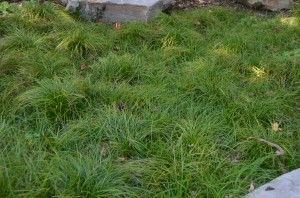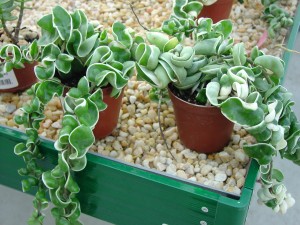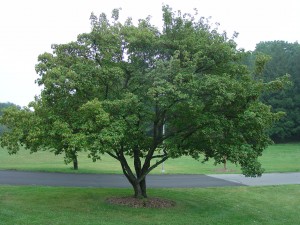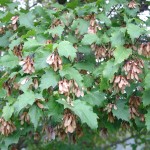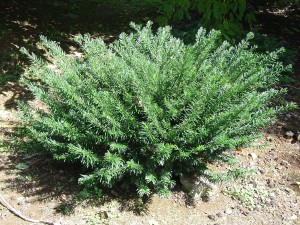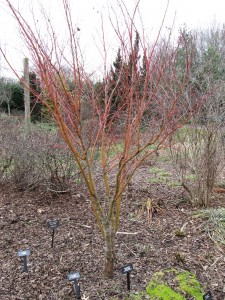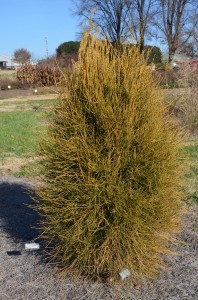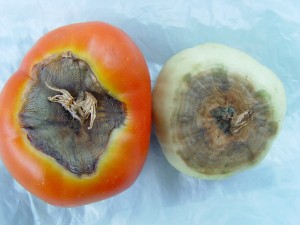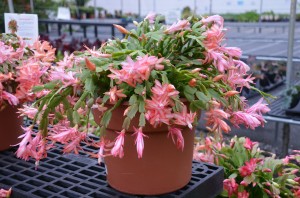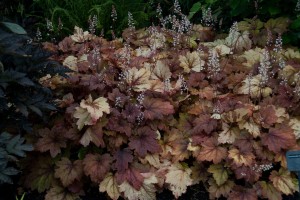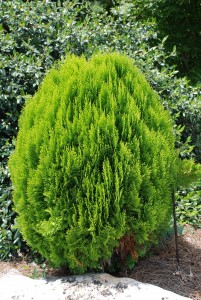Sedges (Carex spp.) are becoming popular groundcovers with gardeners! Most demand a moist, well drained soil. Two native forms, Appalachian sedge (Carex appalachica) and Pennsylvania sedge (C. pensylvanica) excel in dry woodland shade in the eastern U.S. and Canada (USDA hardiness 3-8). Their fine textured grassy foliage and a fountain-like growing habit make them excellent groundcover choices. Their tiny oft-white flowers are insignificant.
Both exhibit fine textured foliage with medium green color in summer. By late fall they have turned straw colored in the Southern Appalachian region (USDA hardiness zones 6 and 7). They may be mowed and substituted for traditional turf grass in partially shaded areas. Sedges, however, don’t tolerate foot traffic.
Both sedges grow low in stature. Appalachian sedge forms dense tufts of grass-like foliage and grows 10- 12 inches high, planted on 12-16 inch centers. It has a tidy clumping habit. Pennsylvania sedge grows 8 inches high and spreads more slowly via rhizomes, to eventually form a fine green carpet. Both are perfect choices for planting in containers, around an old tree stump, or around shallow rooted shade trees such as maples and elms. Use it in a front border or planted along an edge of a walkway.
Both are primarily shade sedges; in cooler northern climates and moist soils, both can tolerate more sun. They should receive periodic irrigation during their initial year after planting. Both species do tolerate brief periods of flooding. Their nutritional needs are very minimal.

